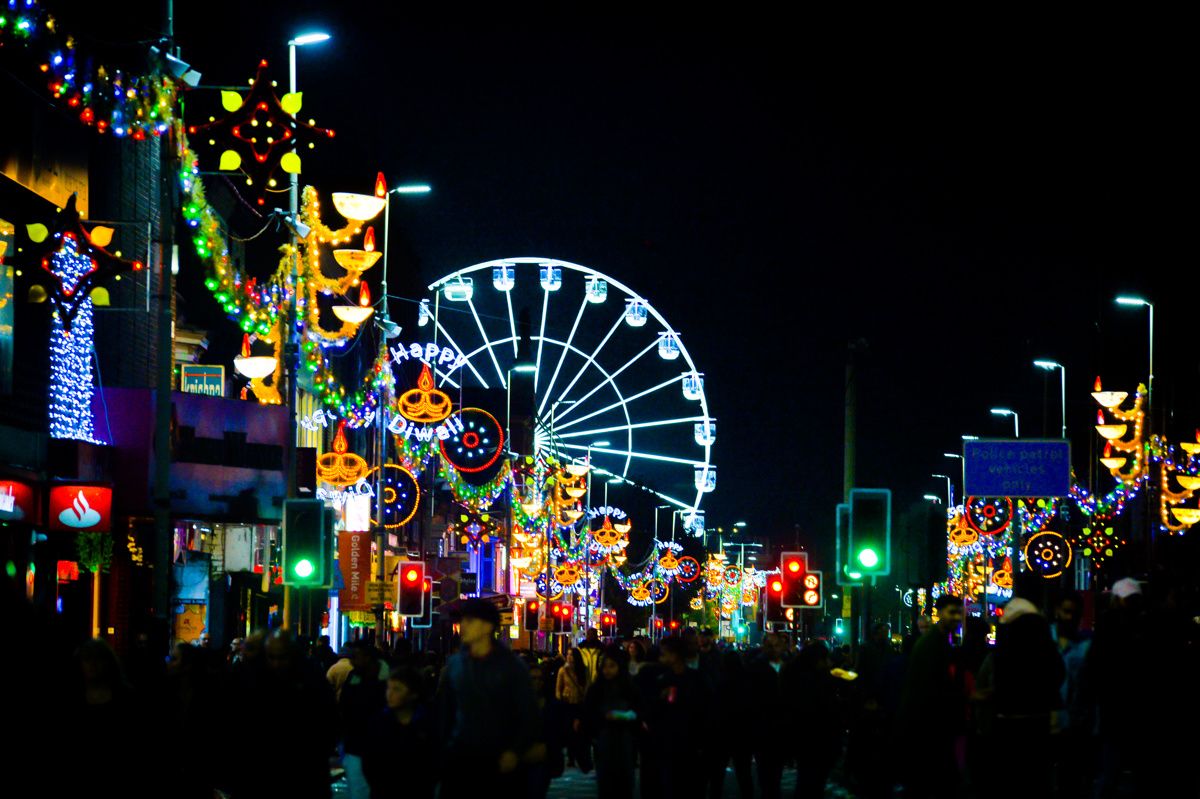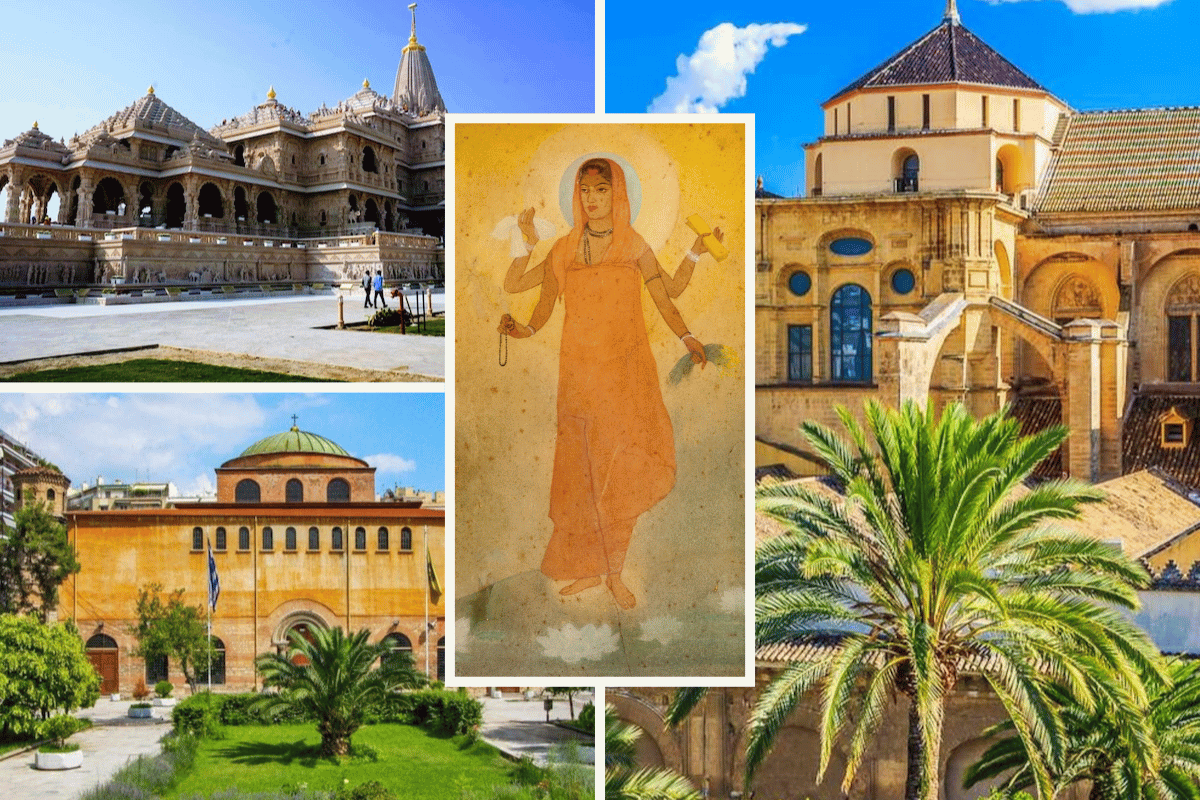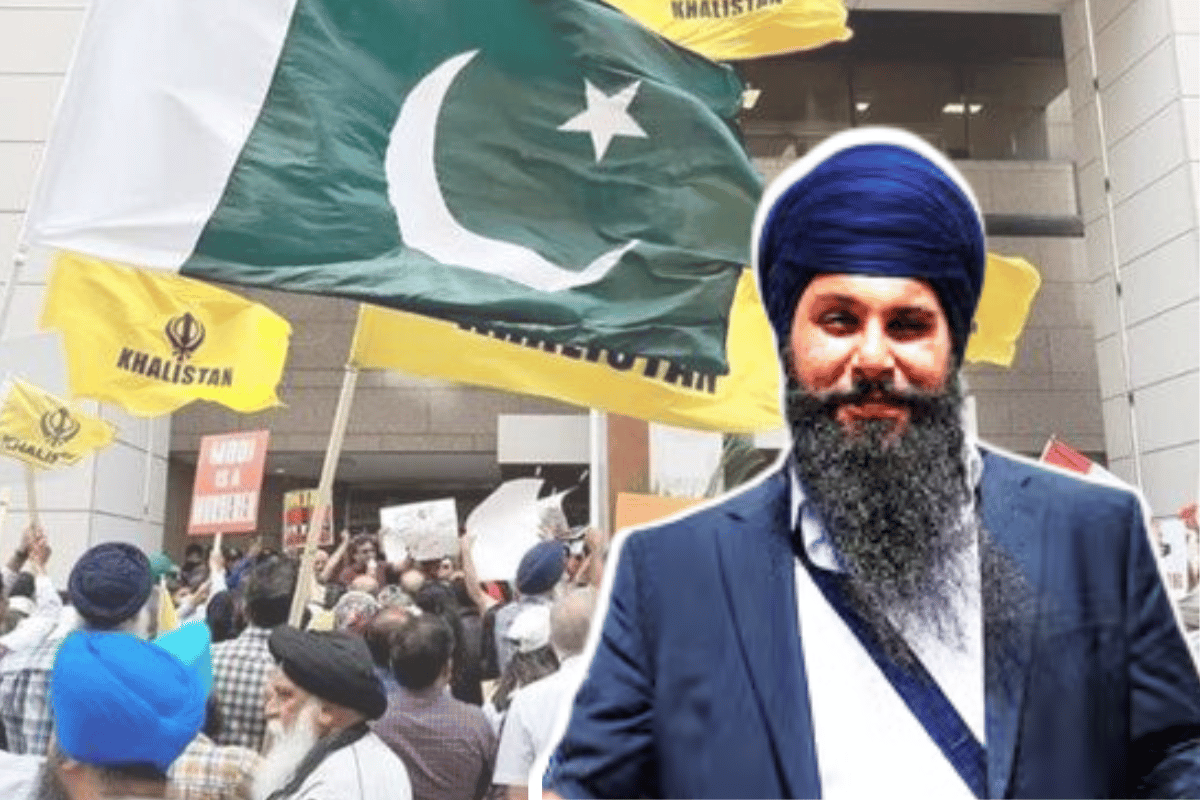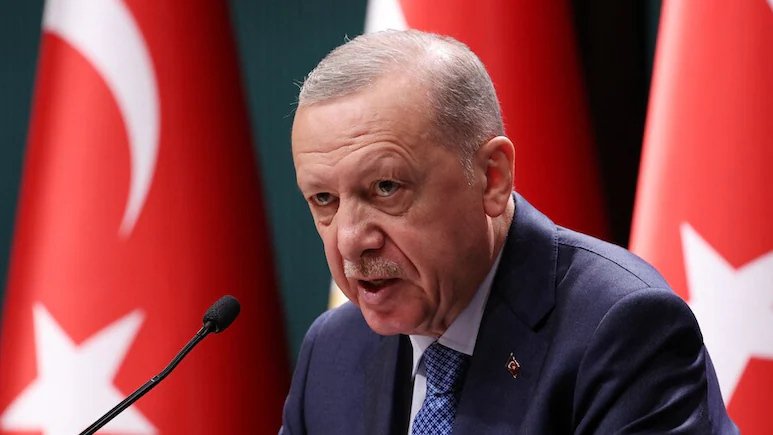
On a September evening in 2022, the otherwise quiet town of Smethwick in the West Midlands was shaken by a targeted and aggressive protest outside the Durga Bhawan Hindu Centre.

For British Hindus, this event was not just about a local disturbance—it was a stark reminder of the increasing hostility they face in a multicultural Britain that seems to apply double standards when it comes to freedom of religion and expression.
Triggering event and rising tensions
The protest was triggered by the announcement of a religious discourse at the temple involving Sadhvi Rithambara, a Hindu spiritual leader known for her nationalist views in India. Although she ultimately did not visit the UK and the event was cancelled, misinformation and coordinated outrage, primarily online, had already inflamed tensions. Local Muslim groups alleged that her presence would provoke disharmony, even though no law was broken, and the Hindu community had made it clear the event was religious in nature.
However, the pretext of her invitation was quickly used to mobilise a protest that, in reality, had little to do with a visiting speaker and more to do with a growing intolerance toward Hindu spaces and expressions of faith.
The protest and its aggressive nature
On the night of September 20, 2022, over 200 protesters, many chanting religious slogans, including “Allahu Akbar,” marched toward the Durga Bhawan temple. Videos circulated online showing men climbing the temple gates, hurling fireworks and objects, and intimidating those inside. This was not a peaceful demonstration—it was a show of force aimed at a place of worship.
The temple, a sacred space for spiritual reflection and community gathering, became the target of aggression in a town that had never witnessed such levels of communal tension before.
The double standard: Who gets prosecuted and who doesn’t
British Hindus have expressed frustration and dismay at what they see as a stark double standard in how their religious leaders and events are treated. While Sadhvi Rithambara’s invitation prompted immediate backlash and security fears, similar or even more provocative figures from other communities have been welcomed or ignored without widespread protest or police involvement.
For example, speakers accused of promoting radical Islamist ideologies have, in some cases, spoken at public venues or community centres without similar scrutiny or outrage. Controversial preachers such as Anjem Choudary or Zakir Naik, though highly divisive, have enjoyed a level of visibility and platform that Hindu figures rarely do. While not all of these individuals currently operate in the UK, their ideological sympathisers have been more freely accommodated within certain segments of British society, often without direct consequences or the kind of communal hostility faced by Hindus.
This unequal treatment reinforces the belief among many Hindus that expressions of Hindu identity are held to an unfairly higher standard and that their community is increasingly under pressure to self-censor.
Misinformation and social media fuel the flames
Adding to the chaos, numerous false narratives were circulated online. One Dudley shopkeeper was wrongly identified as a protester and became the target of racial abuse and threats. West Midlands Police had to step in to urge the public not to share unverified claims and to avoid inflaming an already tense situation.
This pattern of misinformation being weaponised against Hindus has become increasingly familiar, echoing similar incidents in Leicester and London, where false or incomplete narratives have been used to demonise Hindu individuals or groups with little consequence for those spreading them.
Police response and community reaction
In response, police issued dispersal orders, made several arrests, and increased patrols around temples. Community leaders from both Hindu and Muslim backgrounds eventually appealed for calm, but for many British Hindus, the damage was already done. The sight of hundreds of protestors threatening a temple in a British town was deeply traumatic.
Many in the Hindu community felt let down by both law enforcement and political leaders. Despite the aggressive nature of the protest, media coverage was subdued, and political condemnation was muted. The silence was deafening for a community that has always emphasised peace, pluralism, and integration.
Why it matters
The attack on the Durga Bhawan temple in Smethwick was more than a one-off incident—it was a symptom of a larger issue: the growing vulnerability of British Hindus in the face of organised intimidation, institutional silence, and media misrepresentation. It reflects how legitimate religious expression by Hindus is increasingly framed as political or provocative, while hostility against them is often downplayed or rationalised.
For British Hindus, the message was clear: their cultural and religious events are no longer guaranteed the same respect and protection as those of other communities. Unless the government, media, and civil society acknowledge and act on this imbalance, the future of peaceful coexistence in Britain’s multicultural framework will remain uncertain.








